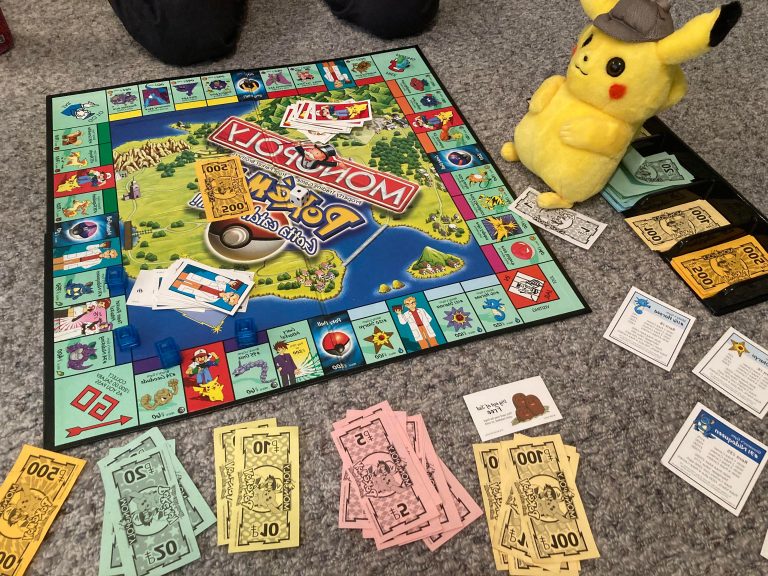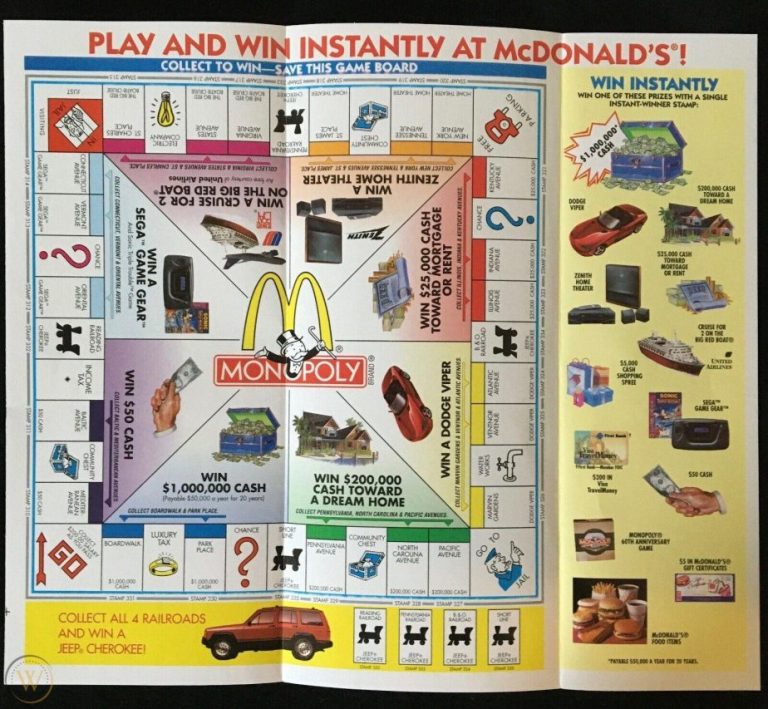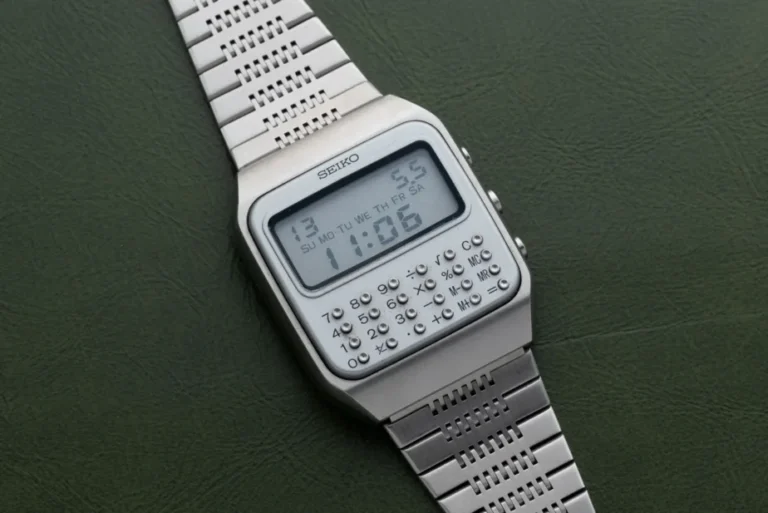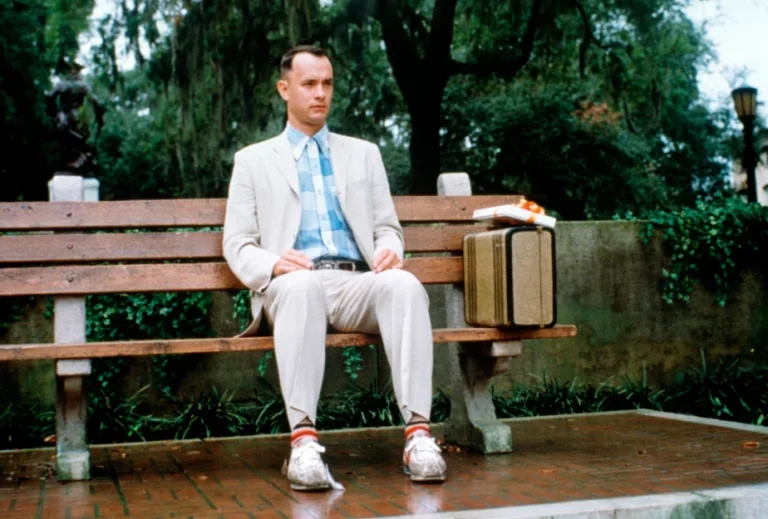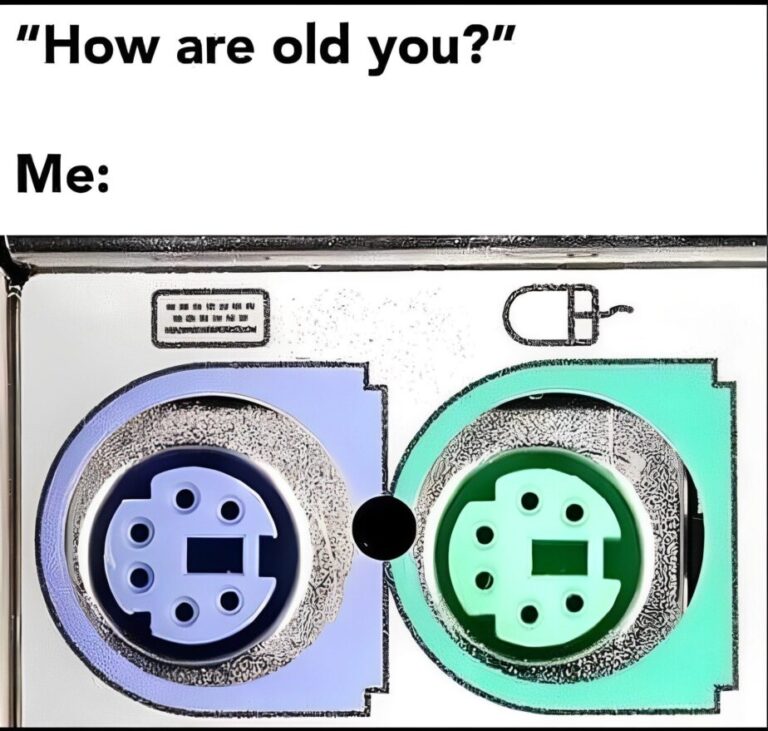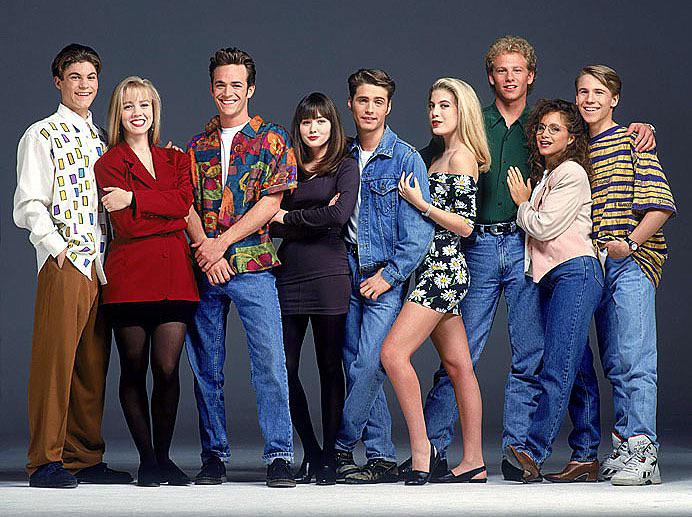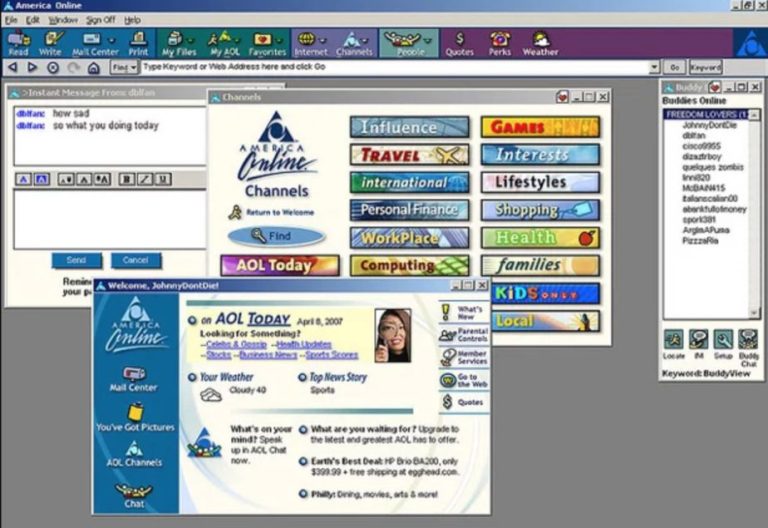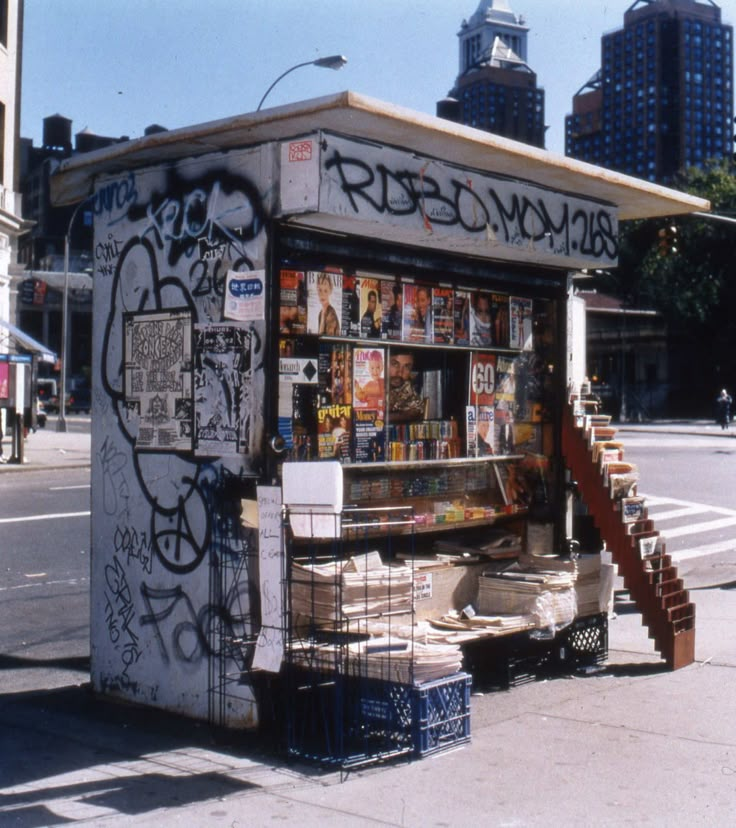
Before the endless scroll of online news and the personalized feeds of social media, there existed a physical cornerstone of information and entertainment: the newsstand. In the 1990s, these weren’t just places to grab a paper; they were vibrant hubs, bursting with color, a tangible snapshot of the world’s happenings and cultural obsessions.
For many, a trip to the newsstand was a ritual. The sensory experience alone was distinct: the rustle of countless pages, the sharp smell of fresh ink, the sometimes-cacophonous display of headlines vying for attention. They were often strategically located – on busy street corners, near subway entrances, within bustling train stations – acting as vital arteries of information flow within urban landscapes.
A Universe of Paper:
Stepping up to a 90s newsstand was like entering a curated universe of paper. Towering racks overflowed with a dizzying array of publications. The broadsheets of national and local newspapers stood proudly, reporting on the day’s crucial events. Glossy magazines, showcasing everything from fashion and music to technology and celebrity gossip, offered a vibrant escape. Tabloids screamed sensational headlines, promising the inside scoop on the latest scandals.
Remember browsing the dedicated sections? The international papers, offering a glimpse into global perspectives. The niche magazines catering to every imaginable hobby, from skateboarding to stamp collecting. The comic books, stacked neatly, promising adventures in colorful panels. And let’s not forget the pull of the latest music magazines, their covers plastered with the iconic faces of the decade’s biggest stars – Kurt Cobain, the Spice Girls, Tupac Shakur – offering lyrics, interviews, and posters that would soon adorn bedroom walls.
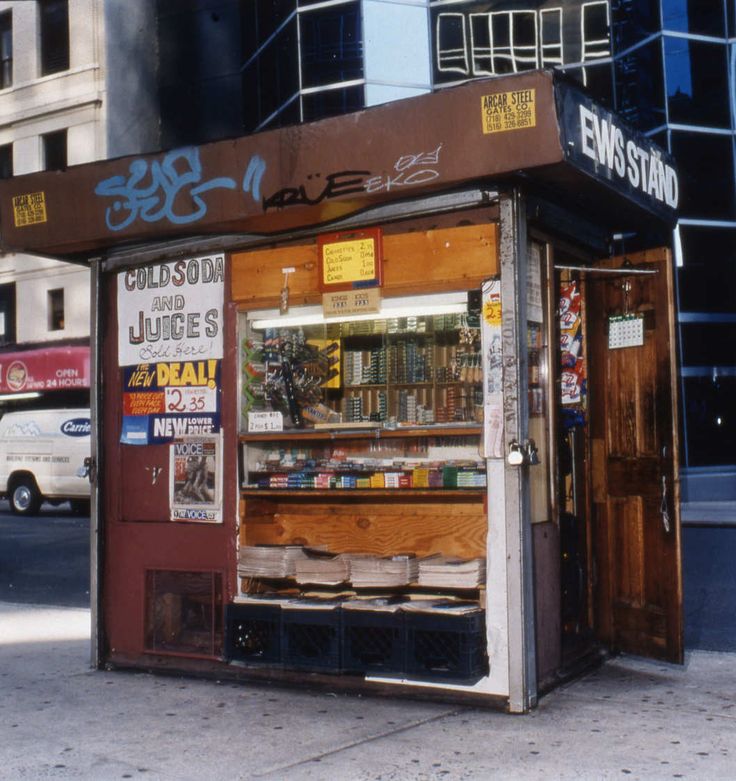
More Than Just News:
Newsstands were more than just repositories of information. They were:
- A Window to the World: For those without easy access to the internet (which was still in its relative infancy for much of the decade), newsstands provided a tangible connection to current events, both local and global.
- A Cultural Barometer: The magazines and newspapers on display reflected the prevailing trends, anxieties, and fascinations of the time. You could gauge the pulse of popular culture simply by browsing the covers.
- A Place of Discovery: You might walk in intending to buy one publication and leave with another that caught your eye. Serendipitous discoveries were part of the experience.
- A Social Space (in its own way): While often a quick transaction, the familiar face of the news vendor, the shared experience of browsing with others, created a subtle sense of community.
The Slow Fade:
As the internet gained prominence throughout the 90s, the role of the traditional newsstand began its slow transformation. The immediacy and accessibility of online news gradually eroded the need for a daily paper for many. Magazine subscriptions shifted online, and the allure of physical media began to wane for some.
While newsstands still exist today, their presence and prominence are undeniably diminished compared to their 90s heyday. They serve a different purpose now, often supplementing their offerings with snacks, drinks, and other convenience items.
A Fond Farewell to Ink and Paper Towers:
The newsstands of the 1990s hold a nostalgic charm for those who remember them. They were a tangible link to the world, a vibrant tapestry of ink and paper that offered a daily dose of information, entertainment, and a glimpse into the cultural landscape of a dynamic decade. They were more than just places to buy a paper; they were ink-stained oases on busy streets, a reminder of a time when information had a distinct physical presence.
Do you have any fond memories of visiting newsstands in the 90s? What were your go-to publications? Share your stories in the comments below!

